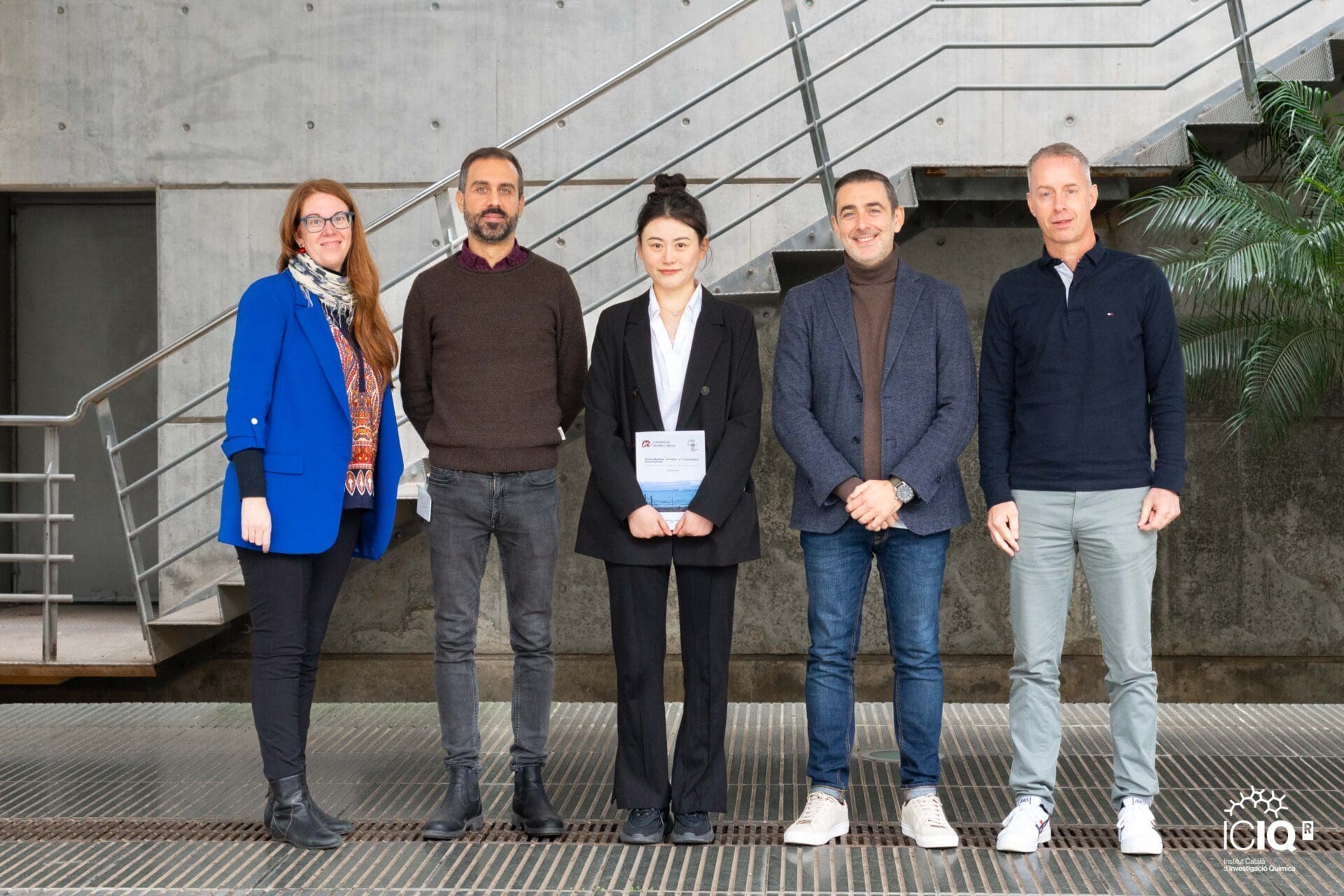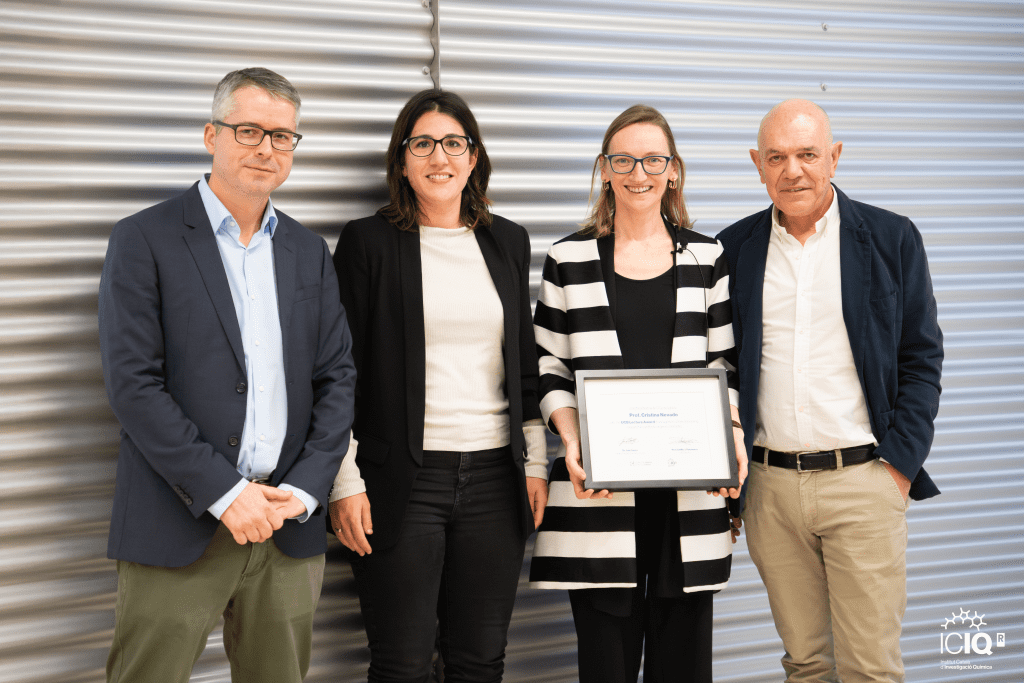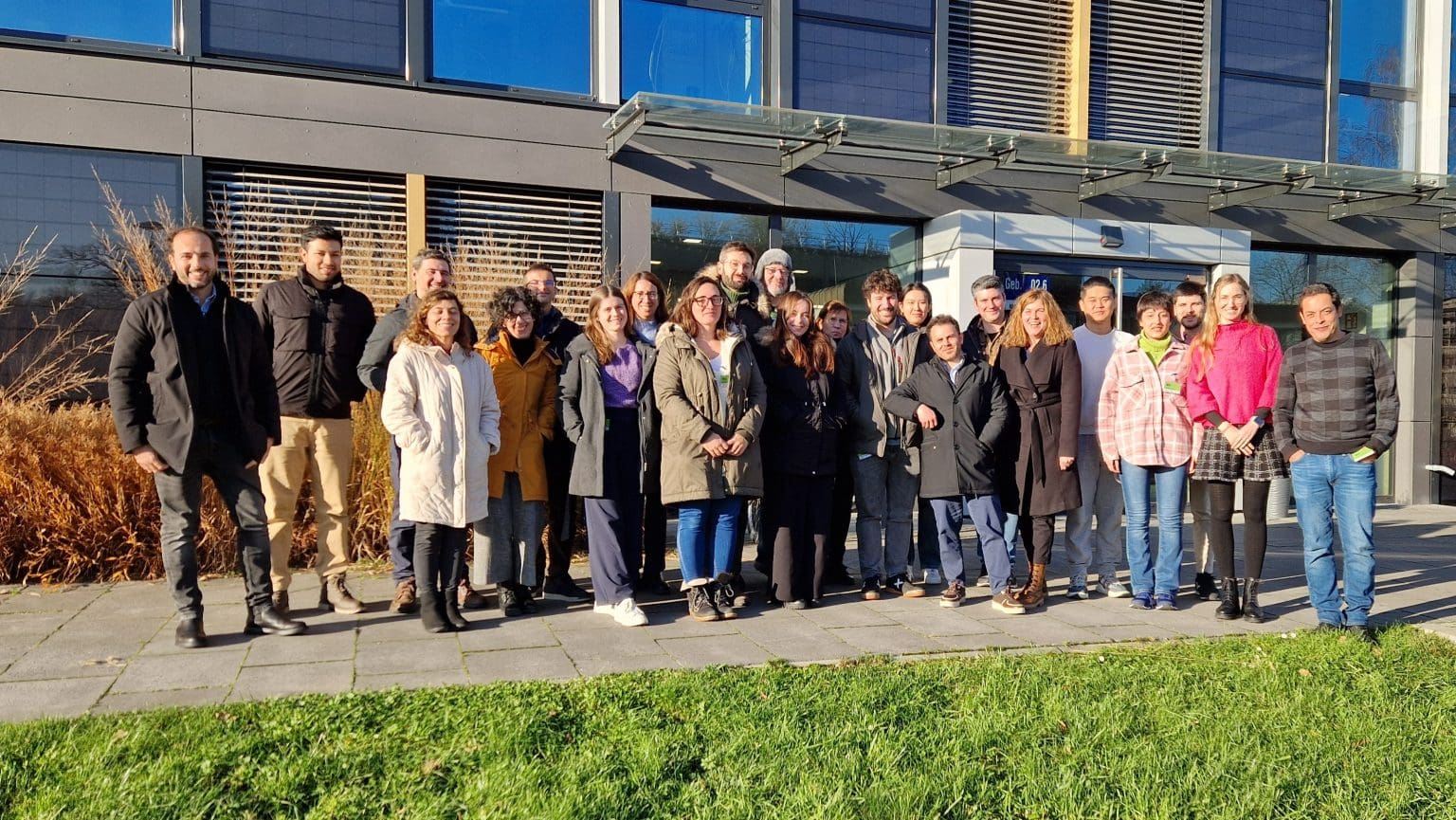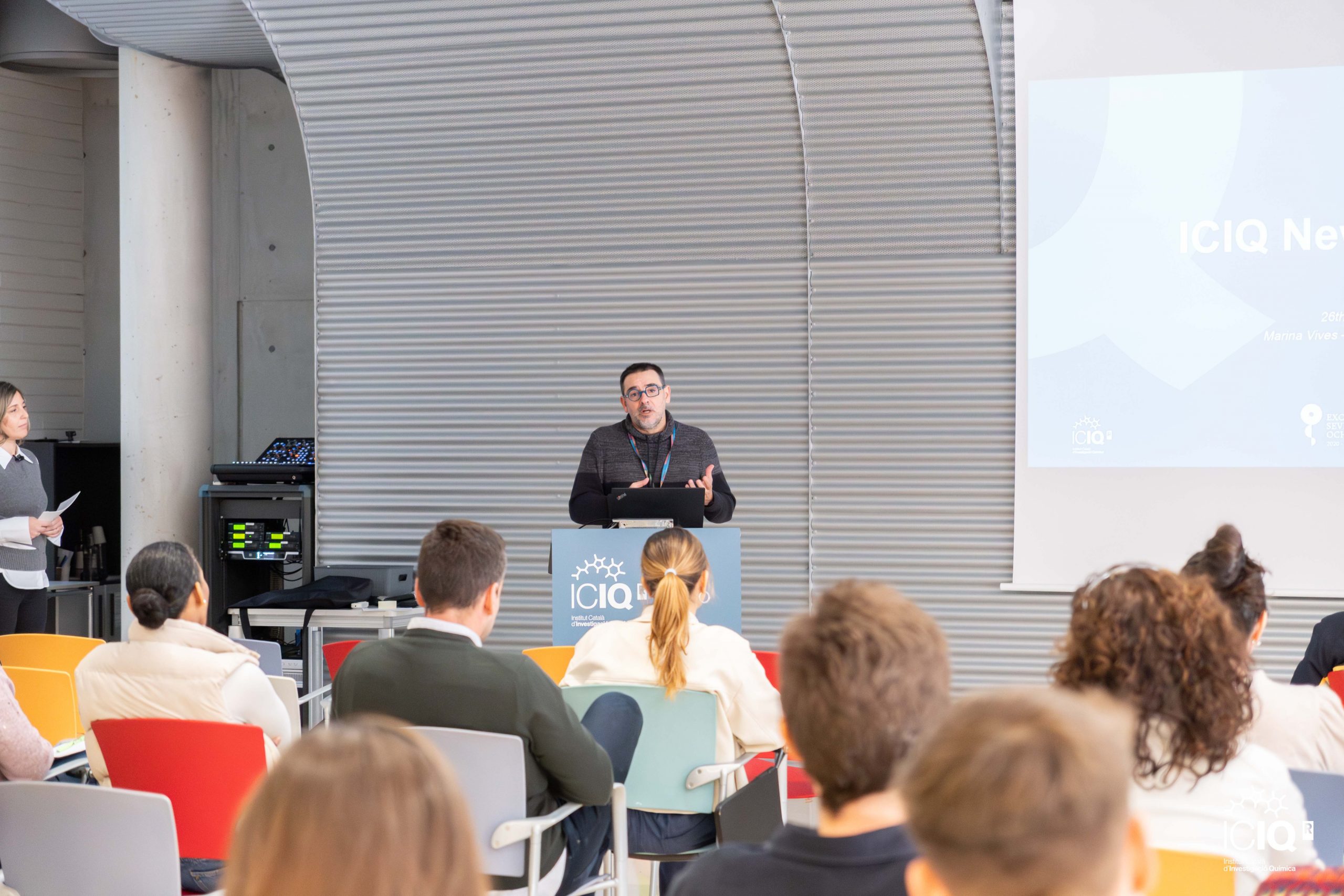The 2023 Nobel Prize in Chemistry recognizes nanoparticles that play a role in the daily research of ICIQ members
This Wednesday, the Nobel Prize in Chemistry was awarded to Moungi Bawendi, Louis Brus, and Alexei Ekimov for their discovery and synthesis of quantum dots.
The term “quantum” is often used as an adjective in many products, often for commercial purposes. In the market, you can find quantum soap, quantum mattresses, and even quantum televisions. In the latter case, the term “quantum” refers to the components of the television, the QLEDs, which are LED devices made with quantum dots.
This year, the Royal Swedish Academy of Sciences decided to award the Nobel Prize in Chemistry to Alexei Ekimov (Ioffe Physical-Technical Institute, Russia) and Louis Brus (Columbia University, USA) for their discovery of quantum dots, and to Moungi Bawendi (Massachusetts Institute of Technology, USA) for improving the synthesis process of these dots.
But what are quantum dots? They are nanoparticles of especially small size. In fact, the size ratio between a quantum dot and a football is the same as that between the football and the size of the Earth. Being so small determines their properties.
In general, when light interacts with a specific material, it emits a certain colour. In the case of quantum dots, depending on the size of the nanoparticle, their ability to absorb light varies, and therefore, the colour they emit also changes. This is what makes quantum dots such an interesting and versatile material.
Researchers in the group of Professor Emilio J. Palomares Gil, the director of the Institute of Chemical Research of Catalonia (ICIQ-CERCA), work with quantum dots for the production of LED devices, among other applications. “Quantum dots are a semiconductor material that can be used to emit light. With quantum dots, we can illuminate more efficiently than with a conventional light bulb,” explains Dr. Maria Méndez, a postdoctoral researcher in Professor Palomares’ group.
The Nobel Prize comes 40 years after the discovery of quantum dots, but their potential is just beginning to be explored. There are already applications in medicine, where they are combined with biomolecules to locate cells and organs, and other applications in chemistry, such as the use of the catalytic properties of quantum dots to drive chemical reactions.
“This year, the Nobel Prizes wanted to reinforce the idea that without basic research, there are no applications. Basic research is fundamental because after many years, emerge applications that everyone uses at home,” concludes Palomares.
Related news

Let's create a brighter future
Join our team to work with renowned researchers, tackle groundbreaking
projects and contribute to meaningful scientific advancements








 11-12-2024
11-12-2024 


















